This is one of the oldest minimum-gauge railways that is operational not just as a tourist attraction, but also a means to connect about 5 places in the valley of Esk.
BHPIA’s Niinja recently shared this with other enthusiasts:
Last weekend we did a quick trip to the Lake District of England, although it was not the most ideal time to visit given the cold winds and a bad weather forecast, the idea was to take a ride in one of the historic smallest gauge trains colloquially known as the ”La’al Ratty”
Owned by the Ravenglass and Eskdale Railway Company, this is one of the oldest minimum-gauge railways that is operational not just as a tourist attraction, but also a means to connect about 5 places in the valley of Esk. It also has a properly operated signalling system, loops, car shed, maintenance yard and all the works that one would expect in normal trains that we travel in.
With a total travel time of 40 minutes one way from Ravenglass to Dalegarth, we had a good one hour and twenty minutes of fun in this cute little train.
With a track width of 15 inches, everything is small here, the station, the platform, signal box, track changing levers, turn-table and the shed which is bound to excite the kid inside you.
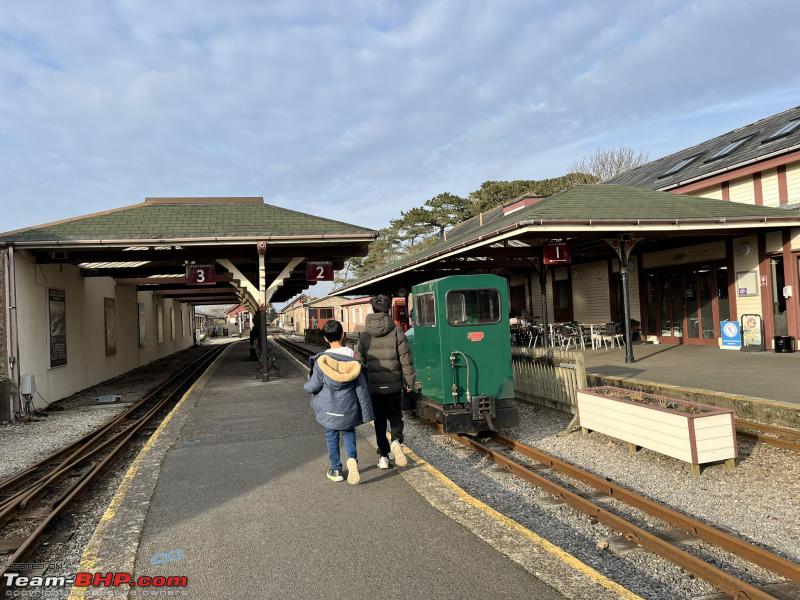
The train starts from Ravenglass station, it is next to the ‘real’ Ravenglass station in the Lake District.
The train route was originally constructed in the 1870s to facilitate transport of iron ore from the mines in the valley of Esk to the nearby station where a standard gauge train would pick the ores and transport it. Soon, it was opened for public transport in 1876. Back then, it was a 2 feet 9 inch gauge track.
It underwent a lot of closures and re-openings in the late 1800s and finally in 1915 a model trainmaker named Wenman Joseph Bassett-Lowke regauged the entire line to 15 inch gauge and restarted operations again. The current engines are from that era. As one would expect, these operations slowly ceased after World War 2 modernization.

The heritage steam engine that pulls the train. Operations on this route restarted in the 1960s after a private company was formed (R&ER co) to restore the train and tracks. Mostly driven by popular demand and railway enthusiasts who wanted to see it run again.

Inside the tiny cabin. The train has 1st class coach as well, with heating provided in them. Then there are open coaches to get a good view. We managed to sit in the last coach (which became the first coach on the return journey)
Similar to sitting in a caboose.

View from the rear window

Negotiating a curve. The train reaches speeds of about 23 miles per hour

Reaching Dalegarth station. Two trains run in summers, which makes use of loops and signals at some places.

We missed our train and had to take the last one available, as one of our kids could not deal with the winding roads that lead up to the Ravenglass station and threw up in the car.
Dalegarth station is a scenic spot where one can take a walk and soak in the scenery around, but given our circumstances, we had only 10 minutes before the same train left for Ravenglass
Sitting in the same coach, this time we were the first ones in it.
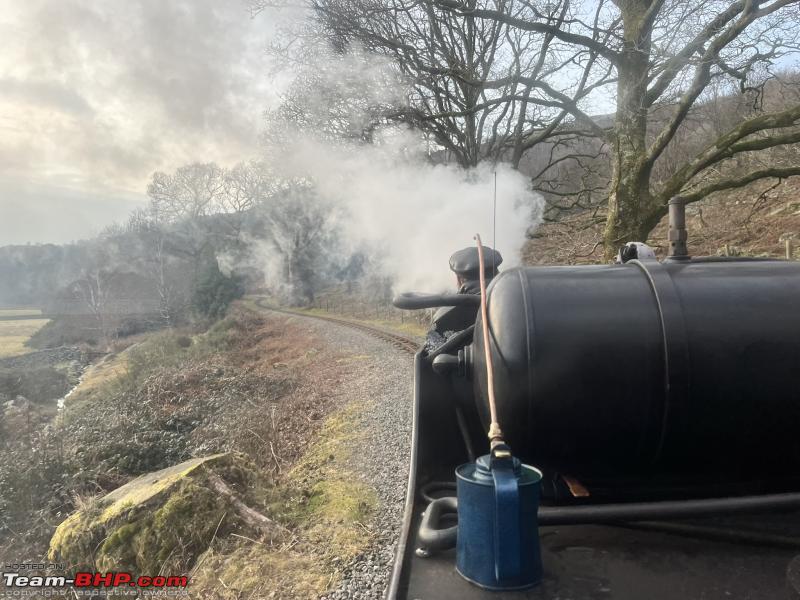
The smoke of burning coal and the steam was not excessive as one would imagine, it was bearable.
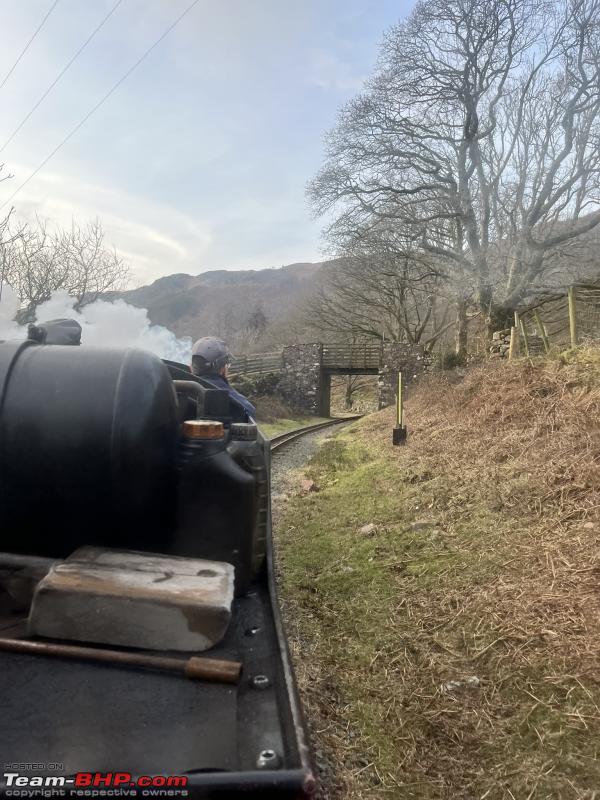
Admiring the working of the steam engine…
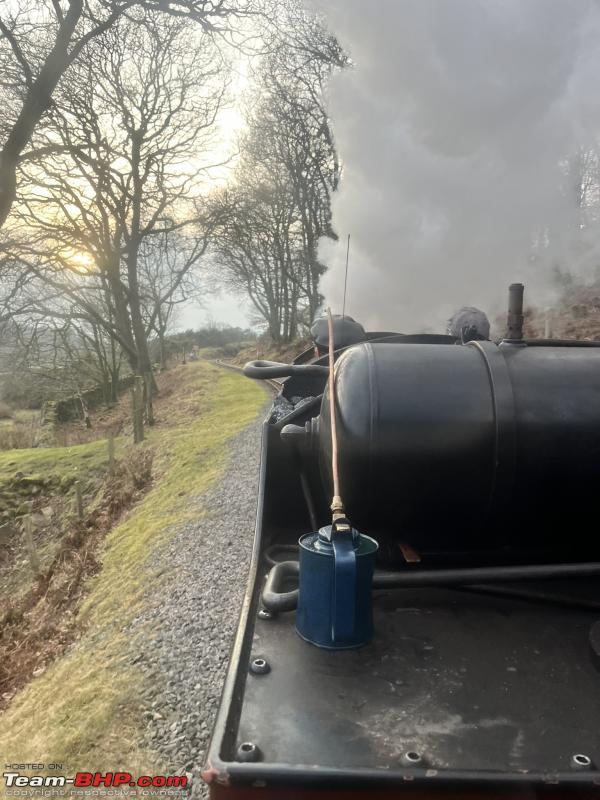
Once we reached Ravenglass station, the engine is detached and rolled on the turntable where it is rotated manually by pushing the engine.


Another angle..
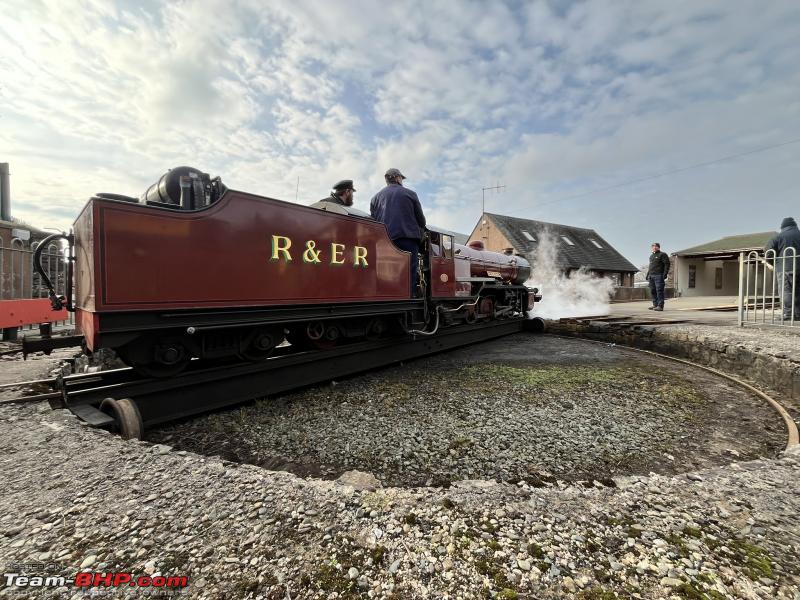
The maintenance shed next to the station.
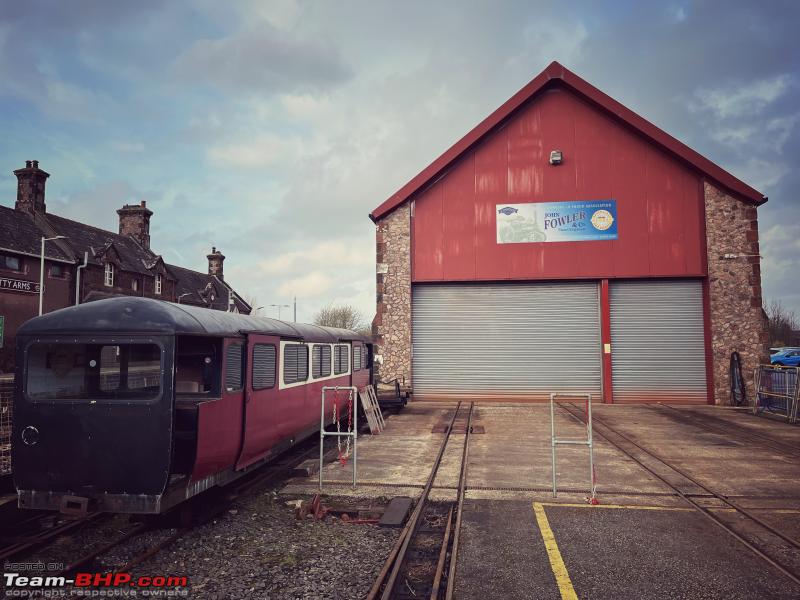
Some junk coaches kept around, the entire area has loads of objects that replicate standard gauge railways.
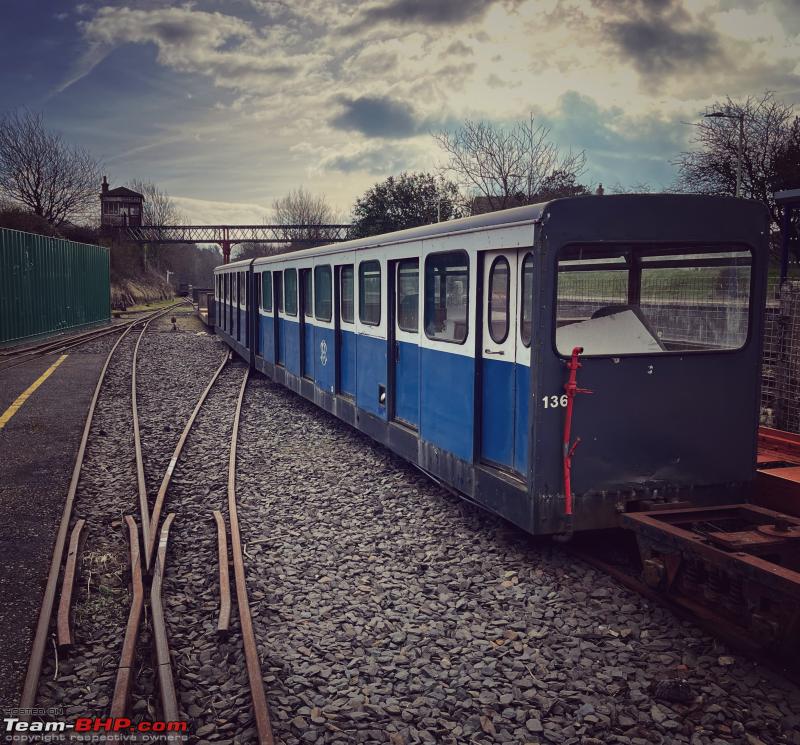


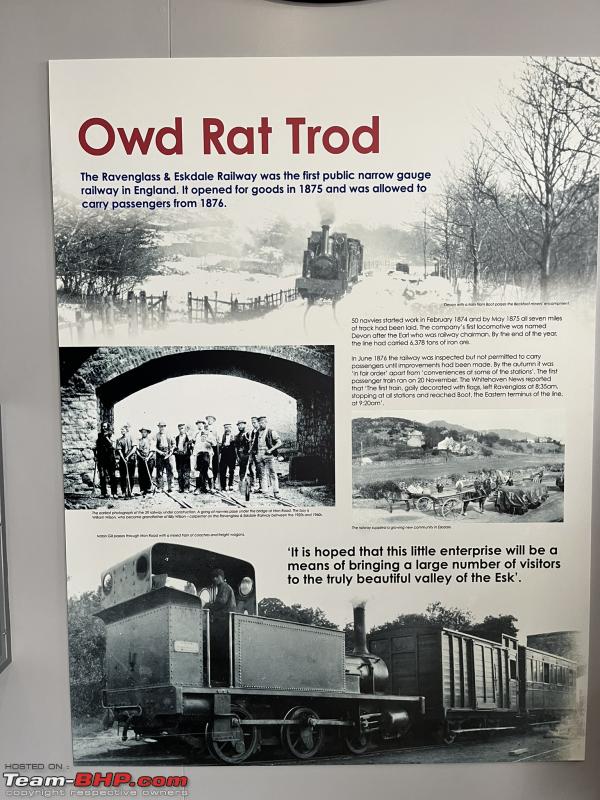

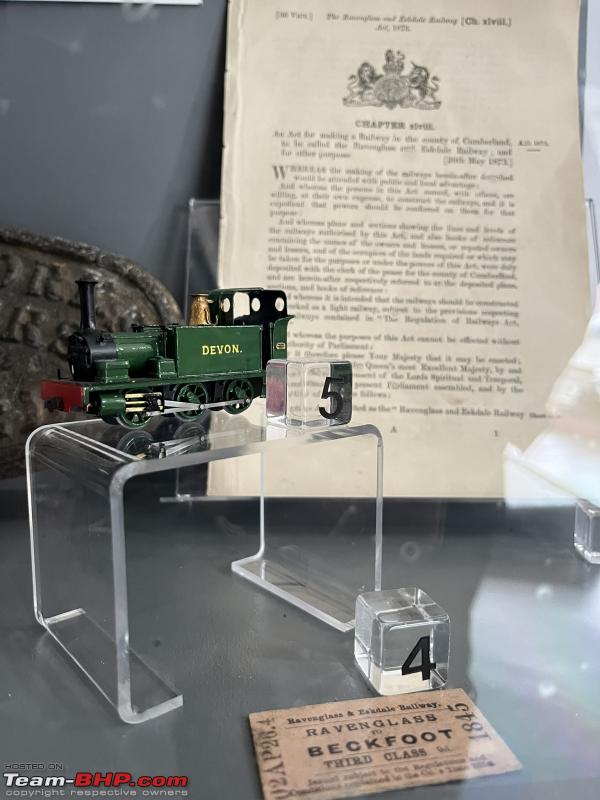


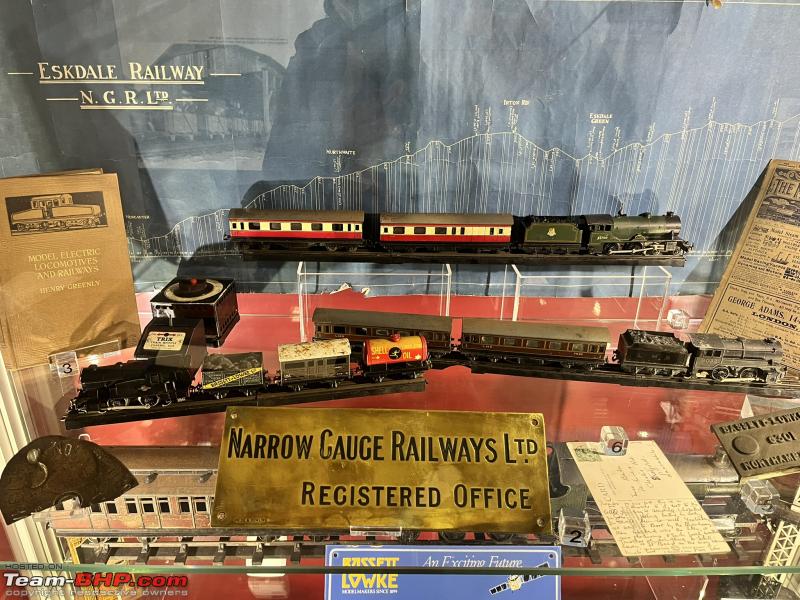
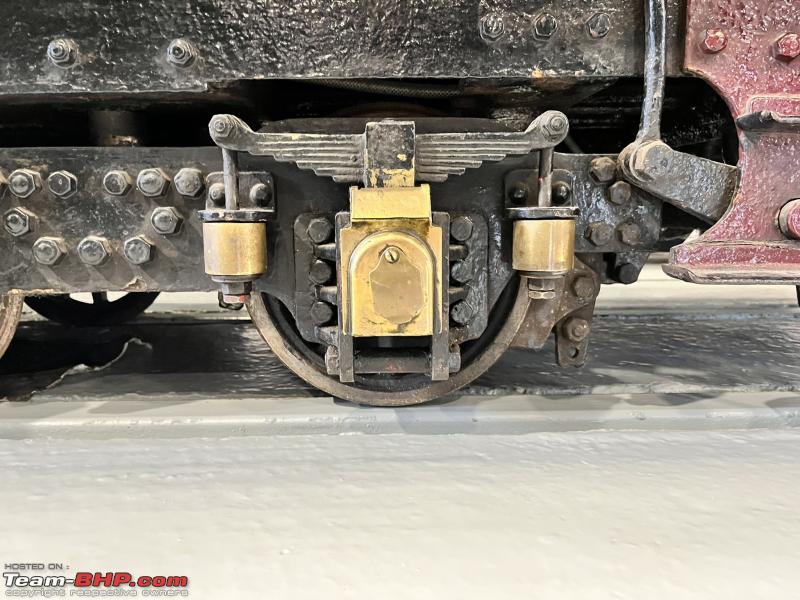
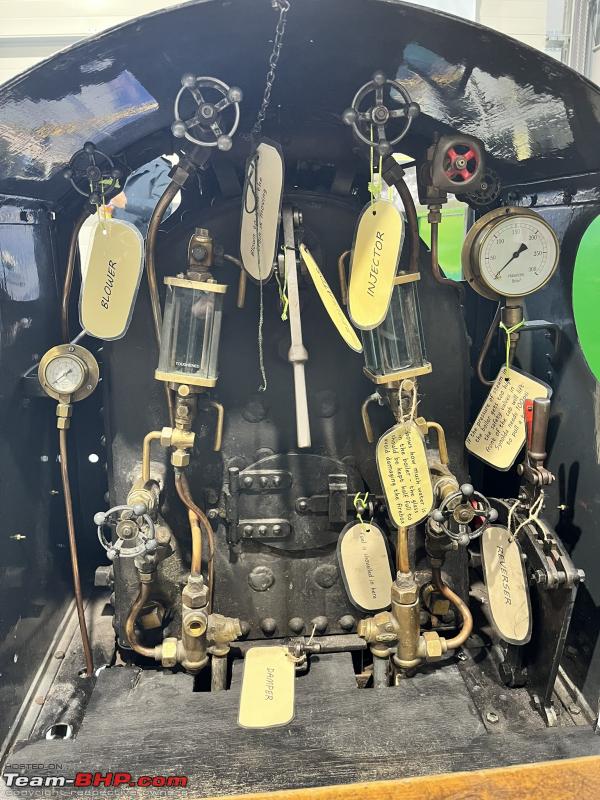




Continue reading about NiInJa’s train ride for BHPian comments, insights and more information.






